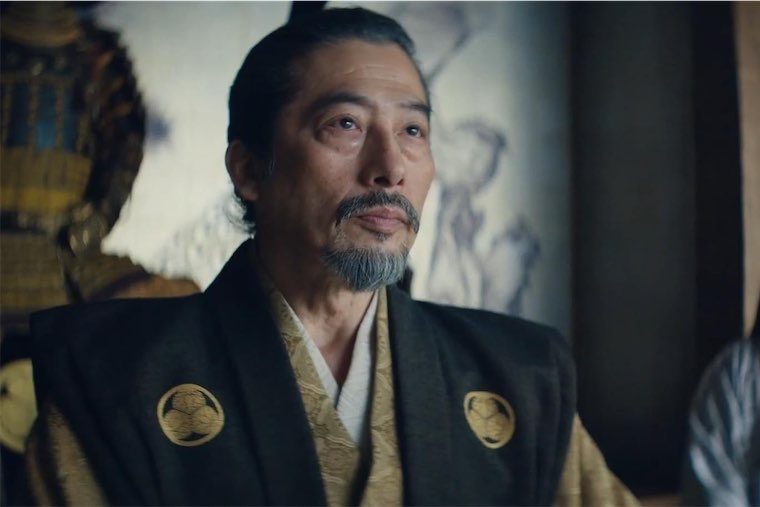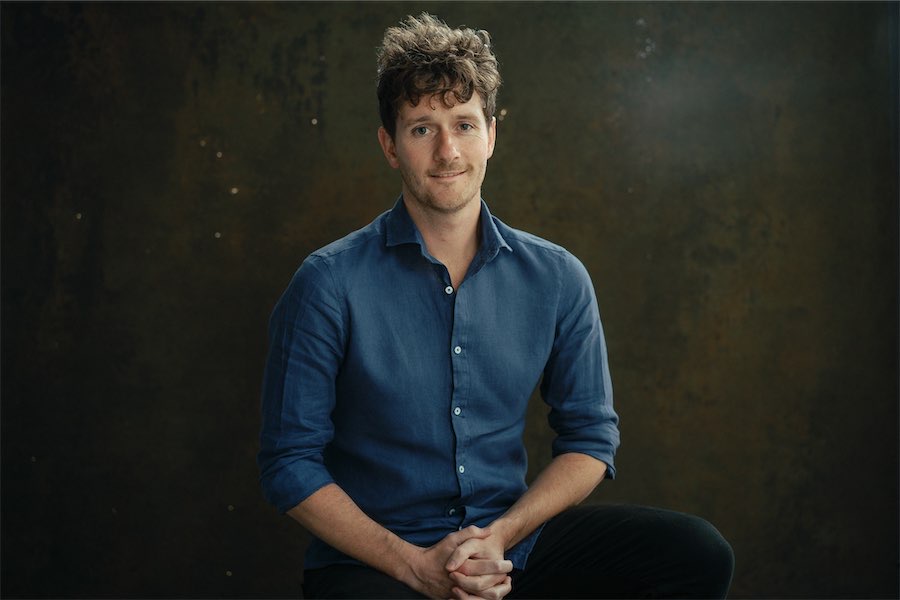
Canberra International Music Festival / Concert 6, Turkish Tea. At the Turkish embassy, May 3. Reviewed by GRAHAM McDONALD.
In many of the languages of western Asia the word “tar” means string and that word has become part of the name of a family of stringed instruments such as guitar or sitar.
In addition, one of the core instruments of Persian classical music is simply called tar, and Iranian born, Sydney resident Hamed Sadeghi is a highly regarded performer on this instrument.
He was one of three musicians featured in an understated, but very fine concert in a performance space at the Turkish embassy, along with Bulgarian classical guitarist Pavel Ralev and Australian jazz guitarist Hilary Geddes. Each of the three performed a solo work before joining forces for what was at times a breathtakingly beautiful 15 minutes or so improvisation.
Sadeghi opened the concert with a fascinating solo improvisation in what seems like at least four parts, each with a different rhythmic pattern, over which he produced solo melodic lines full of microtones and non-Western modes with quietly resonating drones.
Ralev followed this with a four-movement work by Italian composer Carlo Domeniconi, Koyunbaba, which was inspired by Turkish music. This is a gorgeous piece of writing for guitar and played exceptionally well in a most unusual open C sharp minor tuning. This tuning also allowed the use of drone notes in the scoring, sitting under spectacular flurries of notes on the high strings.
Hillary Geddes continued the thematic idea of drones with another improvisation on her Telecaster, starting with triads of notes up and down the fretboard, then rubbing and tapping the strings with her right hand to get an almost bowed effect before finishing with working around a simple chord pattern (with hints of Fleetwood Mac’s Albatross) before a gradual a rather clever fadeout.
The three then returned to the stage with Ralev and Geddes leading off swapping high notes to establish what they were doing with Ralev adding a simple rhythmic chord structure before Sadeghi joined in. The music eventually evolved into three separate melodic and rhythmic patterns, all intertwining and then gradually fading out. Respectful and joyous music making and totally enjoyable.
Who can be trusted?
In a world of spin and confusion, there’s never been a more important time to support independent journalism in Canberra.
If you trust our work online and want to enforce the power of independent voices, I invite you to make a small contribution.
Every dollar of support is invested back into our journalism to help keep citynews.com.au strong and free.
Thank you,
Ian Meikle, editor




Leave a Reply